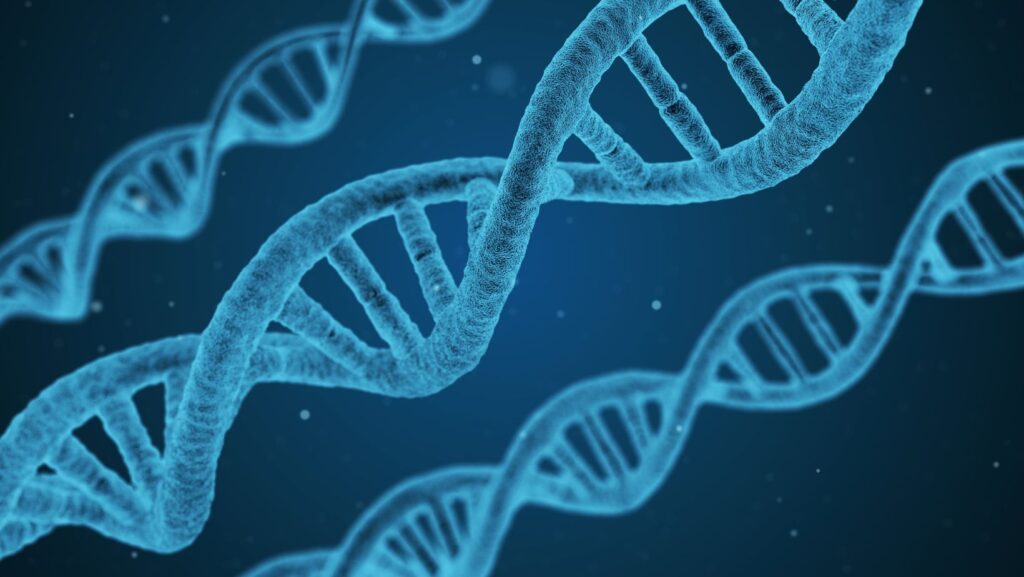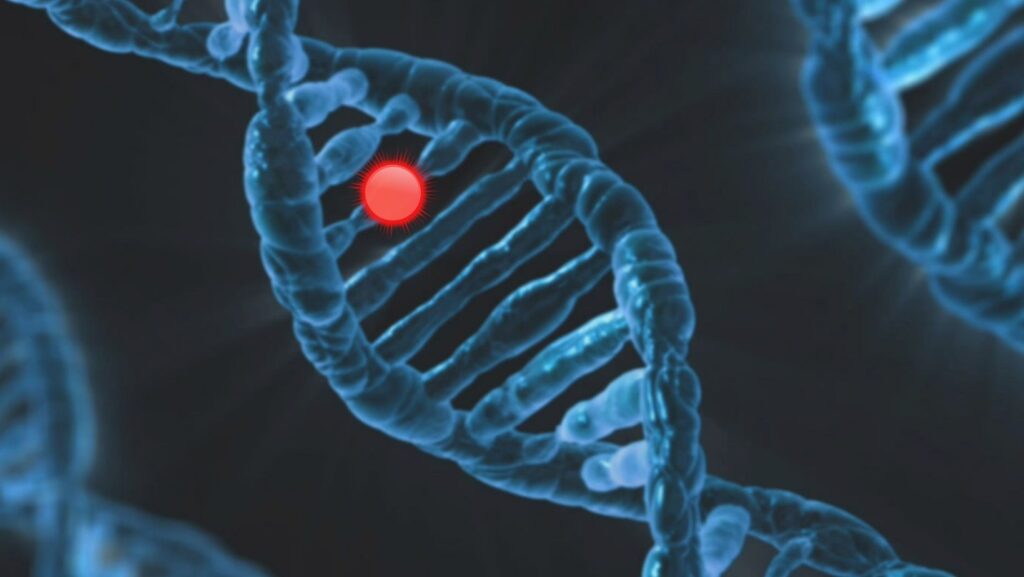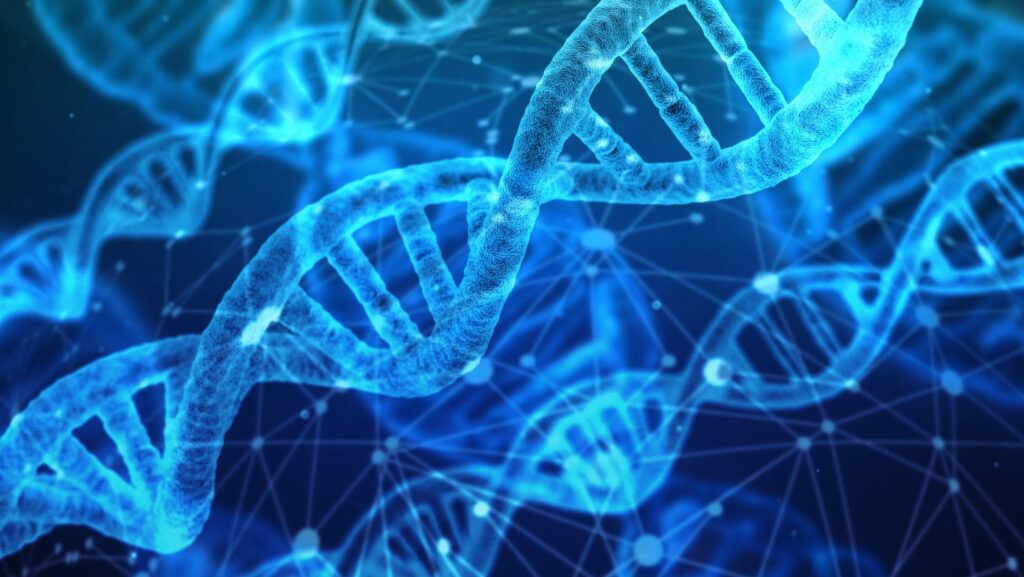Simple:6hl2l9mak8q= DNA

In the vast world of genetics, DNA often seems like an intricate puzzle only scientists can decipher. However, understanding DNA doesn’t have to be daunting. Simple DNA refers to the basic building blocks and functions of this essential molecule, making it accessible to anyone curious about the blueprint of life.
DNA, or deoxyribonucleic acid, carries the genetic instructions that dictate everything from eye color to susceptibility to certain diseases. By breaking down its complex structure into simpler terms, individuals can gain insights into how traits are inherited and how genetic information is passed from one generation to the next.
Exploring simple DNA concepts can empower people to make informed decisions about health and wellness. Whether it’s understanding personal ancestry or the implications of genetic testing, grasping the fundamentals of DNA opens up a world of possibilities. Dive into the basics and discover how these tiny strands hold the keys to life itself.
Understanding Simple DNA

DNA consists of two long chains forming a double helix. These chains are composed of nucleotides, each containing a sugar, phosphate group, and nitrogenous base. The bases, adenine (A), thymine (T), cytosine (C), and guanine (G), pair specifically; A with T and C with G. This pairing creates the sequence determining genetic instructions.
Replication is a critical DNA process, where it duplicates itself during cell division. Enzymes unwind the helix and separate strands, allowing new complementary strands to form. This ensures each cell receives identical genetic information.
Transcription and translation are key stages in gene expression. During transcription, DNA’s coded information transcribes into messenger RNA (mRNA), a process occurring in the cell nucleus. Translation follows in the cytoplasm, where ribosomes read mRNA to build proteins, essential for cellular functions.
Mutations can occur when DNA sequence errors arise. Some mutations are benign, while others cause genetic disorders or diseases. Understanding simple DNA concepts aids in grasping the broader implications of genetic variations.
Genes, DNA segments encoding specific proteins, play crucial roles in inherited traits. While humans share over 99% of genetic material, the small remaining percentage accounts for individual differences, influencing physical and physiological traits.
Understanding simple DNA empowers individuals to engage with topics like genetic ancestry and testing. Simplifying these concepts helps people make informed decisions regarding health and wellness based on genetic insights.
Key Components of Simple DNA
DNA consists of fundamental units that embody its structure and function. Understanding these components clarifies how genetic information is stored and transmitted.
Nucleotides
Nucleotides are the building blocks of DNA. Each nucleotide comprises three parts: a five-carbon sugar called deoxyribose, a phosphate group, and a nitrogenous base. In DNA, the nitrogenous bases include adenine, thymine, cytosine, and guanine. These nucleotides connect to form long chains that make up the DNA sequence.
Base Pairs
Base pairs are the pairs of nitrogenous bases that bind together through hydrogen bonds. Adenine pairs with thymine, while cytosine pairs with guanine. This specific pairing facilitates the formation of the DNA double helix and ensures accurate replication of genetic information during cell division. Base pairs dictate the sequence in genetic coding, contributing to diversity through unique genetic sequences.
The Role of Simple DNA in Genetics

Simple DNA, often perceived as straightforward genetic sequences, plays a crucial role in genetics by serving as a framework for understanding complex genetic phenomena. These sequences, characterized by repetitive nucleotide patterns, offer insights into gene regulation, chromosome structure, and evolutionary processes.
Gene regulation relies on simple DNA sequences. Promoter regions, often containing repetitive elements, facilitate the binding of transcription factors, initiating gene expression. If these sequences mutate or change, gene expression patterns may alter, leading to diverse phenotypic outcomes.
Simple DNA influences chromosome structure. Tandem repeats, such as microsatellites, add to chromosomal stability and function. Laboratories use these sequences as markers in genetic mapping and paternity testing due to their variability among individuals.
In evolutionary studies, simple DNA aids in tracing lineage and ancestral relationships. By comparing these sequences across species, researchers can uncover evolutionary connections and speciation events, enriching the understanding of biodiversity.
Despite their simplicity, these DNA sequences interact with complex cellular mechanisms, highlighting their indispensable role in uncovering genetic mysteries. Simple DNA demonstrates how foundational genetic components affect broader biological processes, guiding research and applications in genetics.
